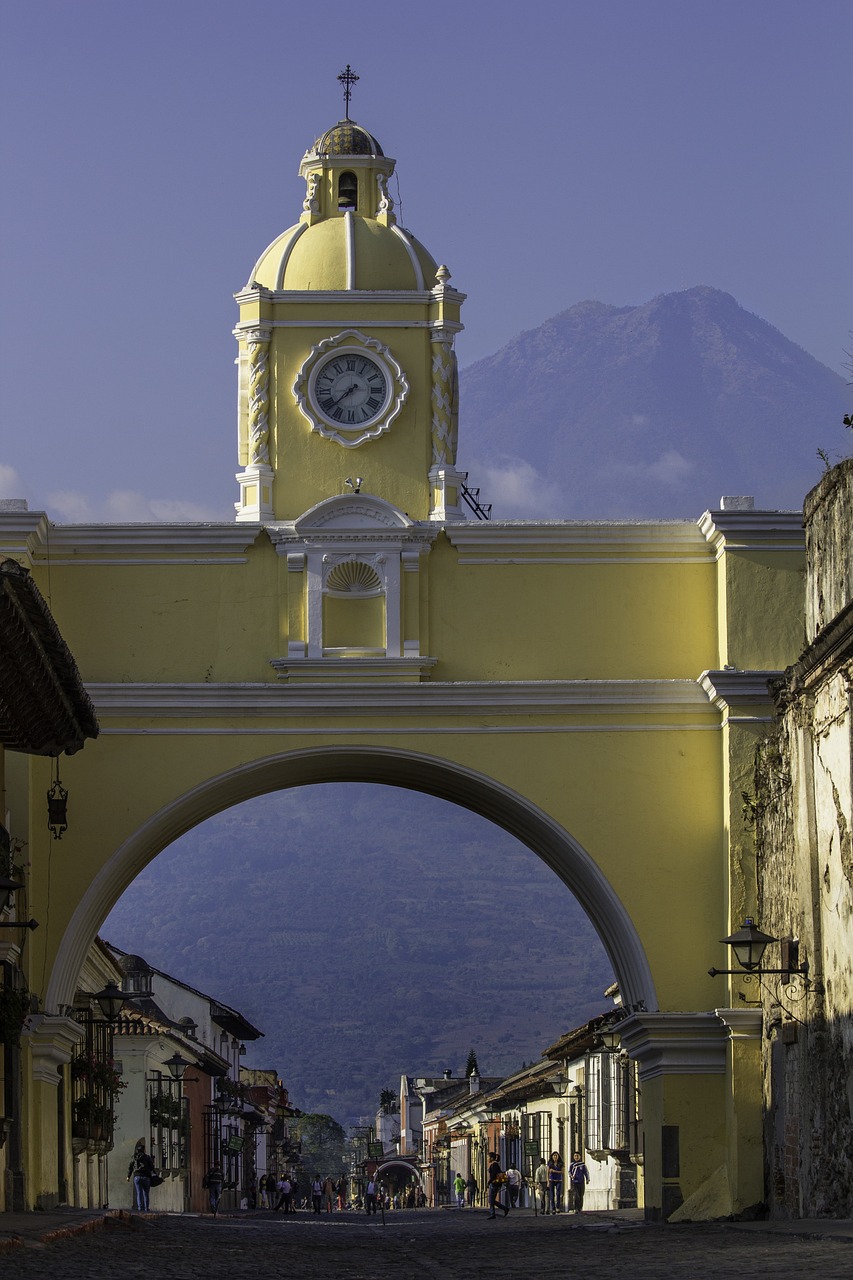Weathering Guatemala: Seasonal Changes and What to Expect
Guatemala, located in Central America, experiences a diverse range of weather patterns due to its varied topography and geographical location. From the tropical rainforests to the highland regions, the country offers a unique climate throughout the year. This article aims to provide a detailed overview of the seasonal changes in Guatemala and what visitors can expect when planning a trip.
Spring: March to May
During the spring months in Guatemala, the weather starts to transition from the dry season to the rainy season. The temperatures are generally warm, ranging from 20 to 30 degrees Celsius (68 to 86 degrees Fahrenheit). Here are some key highlights of the spring season:
- Lush Landscapes: As the rainy season approaches, the landscapes of Guatemala come to life with vibrant greenery. The forests and mountains are adorned with blooming flowers, creating picturesque views.
- Occasional Showers: While the rainfall is not as intense as during the rainy season, occasional showers are common in spring. It is advisable to carry a light rain jacket or umbrella when exploring outdoor attractions.
- Outdoor Activities: The pleasant temperatures make spring an ideal time for outdoor activities such as hiking, exploring ancient ruins, and visiting national parks.
Guatemala Image 1:

Summer: June to August
Summer in Guatemala marks the beginning of the rainy season, with increased precipitation and slightly cooler temperatures. Here’s what you can expect during this season:
- Heavy Rainfall: Guatemala experiences frequent rain showers during the summer months. The rainfall contributes to the country’s lush vegetation and is essential for agriculture.
- Moderate Temperatures: The average temperatures range from 18 to 25 degrees Celsius (64 to 77 degrees Fahrenheit), providing a comfortable climate for outdoor activities.
- Festivals and Celebrations: Summer is a festive season in Guatemala, with various cultural events and religious celebrations taking place. Visitors can witness colorful processions and traditional dances during this time.
Fall: September to November
The fall season in Guatemala brings a transition from the rainy season to the drier months. The temperatures remain relatively consistent, and here are the key features of this season:
- Transition to Dry Season: As the rainy season ends, Guatemala experiences a decrease in rainfall, leading to drier conditions. The landscapes start to change, with the vibrant green hues fading to golden tones.
- Clear Skies: Fall offers clear skies and sunny days, making it an excellent time for outdoor adventures and sightseeing. The cooler temperatures, ranging from 15 to 25 degrees Celsius (59 to 77 degrees Fahrenheit), make it comfortable for exploring.
- Harvest Festivals: Fall is the time when many agricultural communities celebrate their harvest. Visitors can witness traditional ceremonies, taste local produce, and participate in cultural festivities.
Guatemala Image 2:

Winter: December to February
Winter in Guatemala is characterized by cooler temperatures and lower humidity levels. Here’s what you can expect during this season:
- Mild Temperatures: The average temperatures range from 10 to 20 degrees Celsius (50 to 68 degrees Fahrenheit) in the highland regions, while coastal areas experience warmer weather. It is advisable to layer clothing to adapt to the temperature variations.
- Dry and Sunny Days: Winter is considered the dry season in Guatemala, with minimal rainfall and plenty of sunshine. It is an ideal time for exploring archaeological sites, hiking, and enjoying outdoor activities.
- Festive Atmosphere: Winter coincides with Christmas and New Year celebrations, adding a festive atmosphere to the country. Visitors can witness traditional customs, lively parades, and indulge in delicious traditional cuisine.
Conclusion
Guatemala’s weather offers a diverse range of experiences throughout the year. Whether you prefer lush landscapes, vibrant festivals, or dry and sunny days, there is a season to suit every traveler’s preferences. It is essential to consider the weather patterns when planning a trip to Guatemala to ensure a comfortable and enjoyable experience.
References
– Guatemalan Tourism Board: visitguatemala.com
– National Institute of Seismology, Volcanology, Meteorology, and Hydrology: insivumeh.gob.gt
– World Weather Online: worldweatheronline.com
– Lonely Planet Guatemala: lonelyplanet.com/guatemala

